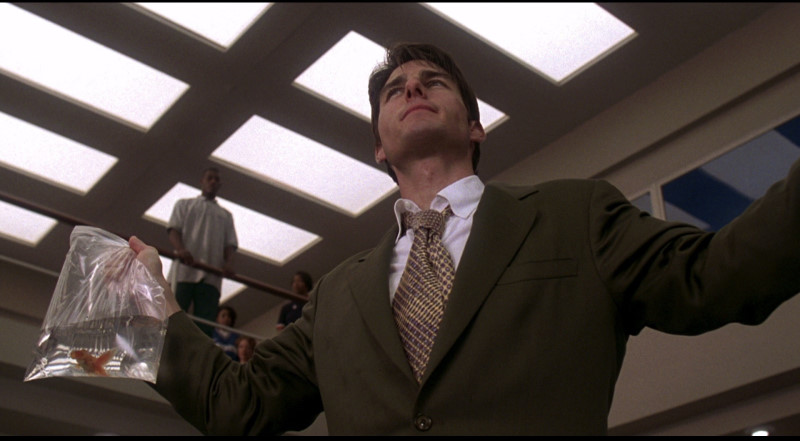‘For over 27,000 years, since the first cave paintings were discovered, telling stories has been one of our most fundamental communication methods.’
Do you remember the first/most poignant/ most exhilarating book you read?
We do.
They took us to the depths of our imagination and back again. They stimulated the senses and are the stories we will pass on. Those words will last a lifetime.
We are lovers of storytelling however there is a very significant place for this in the working world, particularly when in an interview.
At Studio Saints, we always advise people to tell their story in an interview. Our two main reasons for this are:
When you explain the story of your career you tend to give more background information and set the scene: where, how, what and why etc. You paint a visual picture and carry the room along on your journey.
(BTW: This is what interviewers look for when they conduct competency based interviews)
People remember stories
We initially thought this approach to interviews was successful because we recruit creative people and therefore their senses are stimulated when people create mental visual pictures. However, there is more to it.
When we dug a little deeper there are a number of credible scientific theories behind this:
Whenever we hear a story, we want to relate it to one of our existing experiences. That’s why metaphors work so well with us. While we are busy searching for a similar experience in our brains, we activate a part called insula, which helps us relate to that same experience on an emotional level.
Also that a neurochemical called oxytocin is activated, which is a key indicator to people that “it’s safe to approach others”. Most importantly it triggers empathy.
In short, storytelling stimulates the brain!
Therefore what better way to engage with the person interviewing you than to tell your story in a way that they will empathise with?
Let’s get one thing straight before we start; you are telling an accurate account of your career and not embellishing it for the audience. This is not fiction. This is your autobiography.
You may wish to miss irrelevant details out and equally play down chapters that have proven dramatic/traumatic, but importantly this needs to be fact and not fantasy.
Let’s get started
Set the scene
Describe what the company does, location, size of the firm, do they have global presence, any accolades they hold etc – This description should be punchy, practiced and over in a flash!
The cast
What team did you sit in; what was their role in the company; who did you report into; what role did they hold– AGAIN: This description should be punchy, practiced and over in a flash!
Your role
What was your position; where did you sit in the structure of the team and organization; did you have any reports, what did they do; what part did you play on a day to day basis; what were your chief responsibilities and what additional responsibilities did you take on?
Your time to take the spotlight
Time to provide some detail.
Look back through the job description and have examples of projects that you have been involved in that demonstrate your ability to undertake the tasks and better still, the successes you have achieved within those tasks.
Provide your audience with examples of any one of these:
- Tough projects
- Tight deadlines
- Award winning work
- Empowering your direct reports
- Projects where you went above and beyond what was required
- Projects that exceeded the clients expectations etc
The hook
The one example that you should always include is one that will be memorable to your audience.
That will be the one that stands out to you when you look back over your experience within the company. It might be dramatic/ it might be emotional/ it might be funny.
It might be that you had to deliver a project that at times you never felt would come off. Then it did and it surpassed everyone’s expectations.
It could be that you were tasked with bringing together a team that had been previously fractured and your actions united them.
Whatever it may be, AGAIN REMEMBER, This description should be punchy, practiced and over in a flash!
Warning – if you overdo your part you will quickly become the villain.
Remember there is a fine line between sharing your success and displaying egomaniac tendencies! Give credit to the others that you worked with; it displays that you work collaboratively and that you recognize and appreciate the input of others.
Leave the audience wanting more
In any interview you should ask questions.
Most importantly you should ask whether they have any further questions and if they would like to see further examples of your experience or work.
Like any engaging story, it’s on reflection that we want to know more and have further questions answered.
Therefore provide your email or telephone number (it’s good to talk and people are inundated with emails) and let them know that you’re keen to continue the dialogue beyond the interview.
Happy storytelling!



